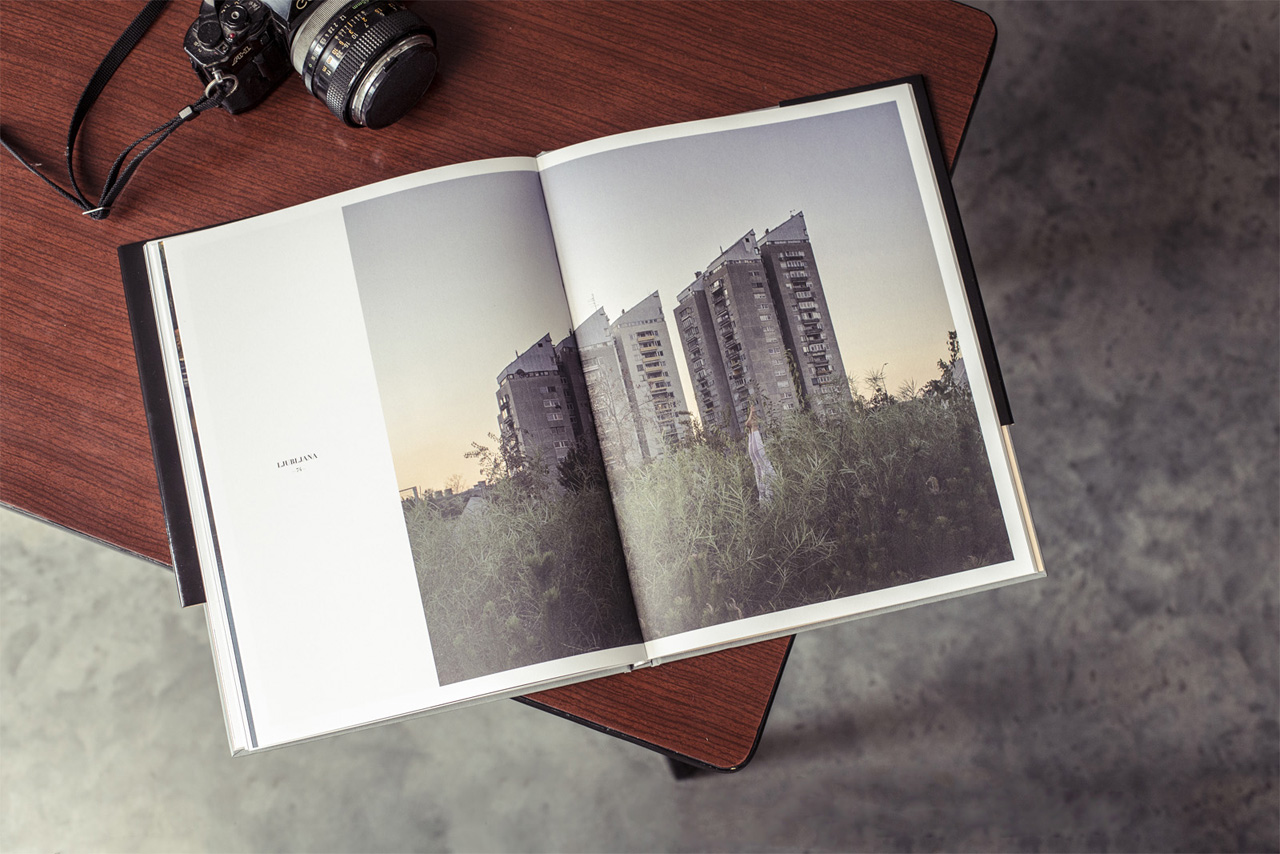The Urban Yoga Book is an innovative study on body in space, bringing both the “yoga in the city” and the field of architecture to the next level. By using a modern medium “yoga” The Urban Yoga Book touches upon topics becoming ever more important to the discipline of architecture: the subconscious spatial sensory experience, which encourages us to research our very self, demonstrating an inevitable connection between yoga and architecture.
There is a direct link between space and the individual, described by the philosophy of sensation.1 It has significantly influenced the relationship between architecture and space as it opened up new horizons for pondering the influence of architecture on human emotions, our thoughts and our soul.

The meaning of space is embodied in several shapes and configurations that transgress the norms of the traditional language of architecture.2 Toward the end of the 18th century, architects in so-called architecture laboratories or renaissance gardens started exploring the interaction between individual consciousness and architecture.3 These were far enough removed from social traditions and the traditions of those in power so as to provide the perfect setting for researching the theories of enlightenment. Aesthetically daring experiments in architecture were not merely grounded in exploring nature, but also human nature and the immediate connection between physical objects and the human mental state.4
Within the architectural profession The Urban Yoga book is considered as “an important contribution to architecture’s development, its acceptance and understanding among the public” and “an innovative attempt to bring to the layperson the multifaceted qualities of our living spaces”. It was chosen among 300 ideas from 40 world countries to participate at The Future Architecture Platform 2016 conference and received an honorable mention at Biennial for Visual Communications.
Find out more in The Urban Yoga Book. All proceeds from the books are used for my further research and for the production costs of the project. In such way The Urban Yoga can remain entirely independent and transparent continuing to grow.
1 Barry Bergdoll, European Architecture 1750-1890. (Oxford: Oxford University Press, 2000), 73-85.
2 Ibid, p 73-85.
3 Ibid, p 73-85.
4 Ibid, p 73-85.